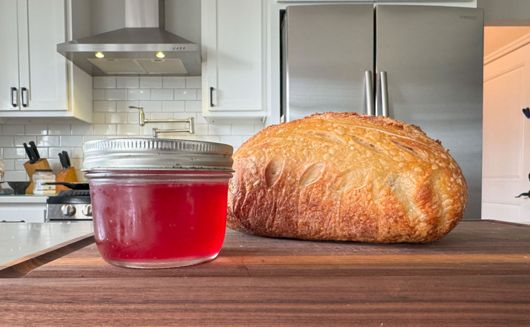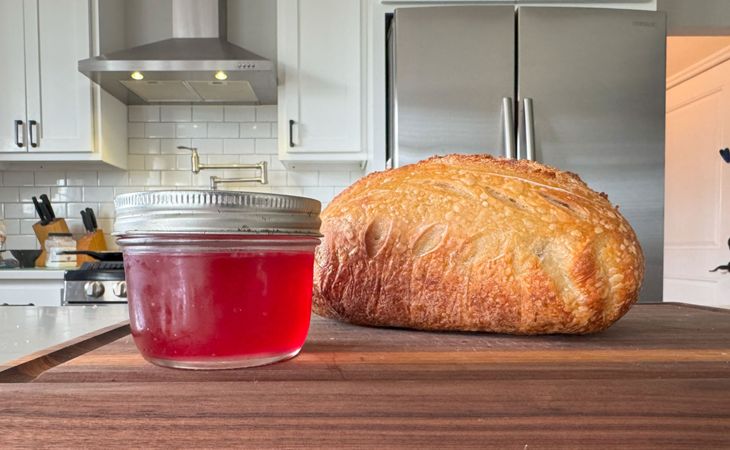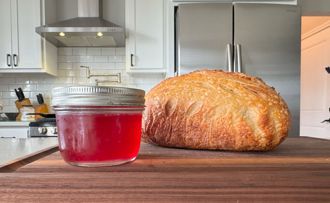Planting Rhubarb Plants
The success of your rhubarb harvest begins right with the planting site and method. For maximum growth and yields later on, give your plants the best foundation possible.
NOTE: This is part 4 in a series of 11 articles. For a complete background on how to grow rhubarb plants, we recommend starting from the beginning.
Before Planting
Before you plant, check your soil pH. Contact your local County Extension Office for information about soil testing in your area, or purchase one of our digital meters for quick and accurate results. Rhubarb can tolerate a pH level as low as 5.0, but for maximum yield, aim between 6.0 and 6.8. Rhubarb grows best in fertile, well-drained soil.
Planting Tips
- Pick a sunny location to plant.
- Space plants 3-4 feet apart with 5-6 feet between rows.
- Dig a hole wide and deep enough to accommodate the root system.
- Make a mound in the bottom of the hole with dehydrated cow manure or compost mixed with the soil removed from the planting hole.
- Position the plant so the crown is 2-3” below the soil surface.
- Fill in hole and water well.
- Don’t fertilize at planting time until new growth appears. Then use a well balanced fertilize such as 10-10-10. Do not apply fertilizer directly on the plant.
- No pruning is necessary for rhubarb, but after harvest, you may remove the leaves.













